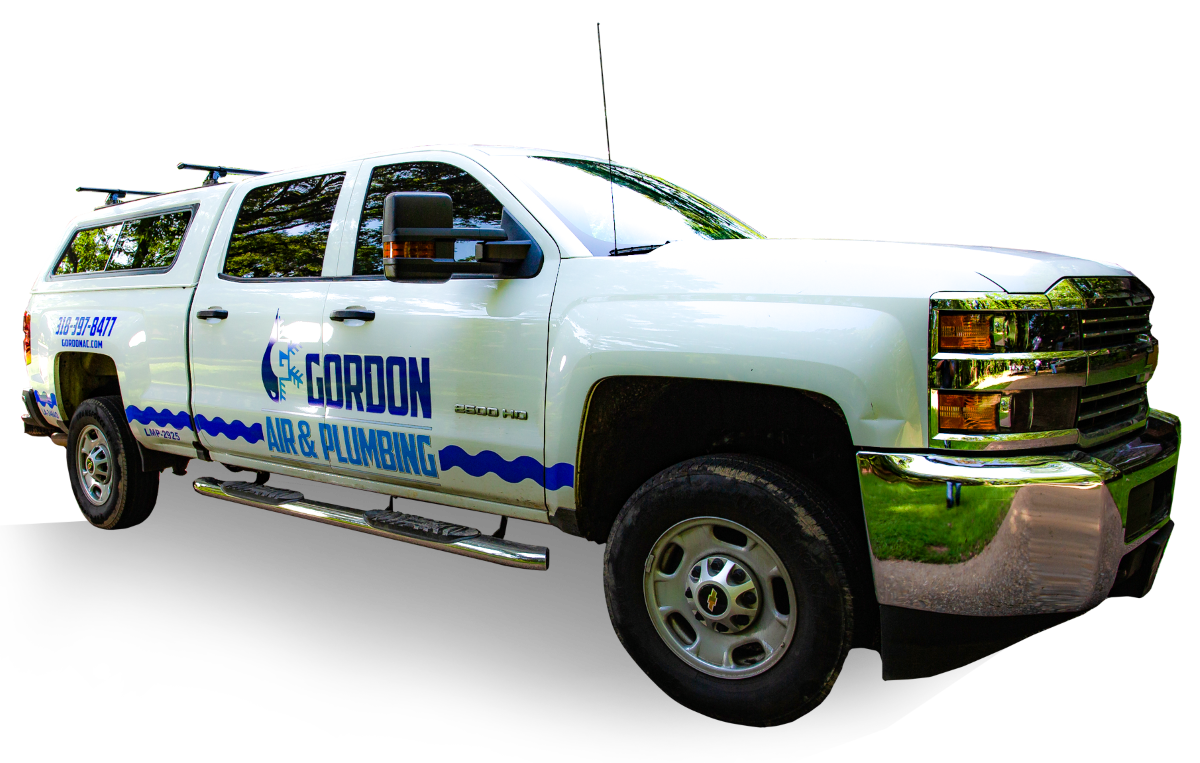Air conditioning is the largest contributor to the carbon footprint of the average American home. The global environmental impact of AC is now greater than the entire aviation industry combined. Let’s look at ways you can reduce your household’s impact.
ENERGY STAR
The Department of Energy (DOE) measures AC efficiency using the seasonal energy efficiency ratio (SEER). SEER indicates cooling efficiency over an entire season. The higher the rating, the cheaper the AC will be to run. The DOE establishes the minimum SEER rating legally allowed in the U.S. There’s also SEER2, a newer version that better reflects the efficiency of ducted systems.
The Environmental Protection Agency (EPA) has independent labs test and certify ACs through its ENERGY STAR program. ACs with the ENERGY STAR label are among the most efficient available. They tend to cost more but may make you eligible for rebates and tax credits that help offset the added expense.
Ductless Mini-Split
Many modern ductless mini-splits have a SEER rating in the 30s, and Carrier has even introduced a model in the 40s. Mini-splits have some inherent advantages as well. They don’t have ductwork, so they avoid any issues with air leakage. Mini-splits are also zoned systems by design. That means you don’t have to run the AC as high in areas you’re not using.
High SEER2 Central AC
If your home has ducts and a central AC is more practical, target a SEER2 in the teens. A SEER2 16 system, for instance, will use 26% less electricity than a unit with a DOE minimum of 13.4.
Programmable and Smart Thermostats
The DOE recommends all households have a programmable thermostat. Programmable thermostats are digital thermostats that you can schedule for automatic AC adjustment. A proper schedule can lower your cooling costs by an additional 15%.
Smart thermostats are programmable thermostats with Wi-Fi, which lets you monitor and control them remotely. They often have additional energy-saving features, such as smart setback, geofencing, and energy monitoring and reporting.
Other Considerations
Ensure you clean or replace AC filters as needed and schedule a seasonal tune-up. These steps can reduce energy consumption by about 15% over an entire cooling season. Install and use ceiling fans in all rooms where they’re practical. Ceiling fans help to distribute air conditioning more evenly and provide a wind chill effect that will help you feel comfortable at a higher temperature. Consider a whole-home dehumidifier as well. It’s a significant initial investment but can lower your AC operating and equipment costs over time. The dehumidifier will remove moisture from the air, and the AC won’t have to work as hard.
If you’d like to install an eco-friendly air conditioner in Monroe, LA, call Gordon AC & Plumbing today, or contact us online.



